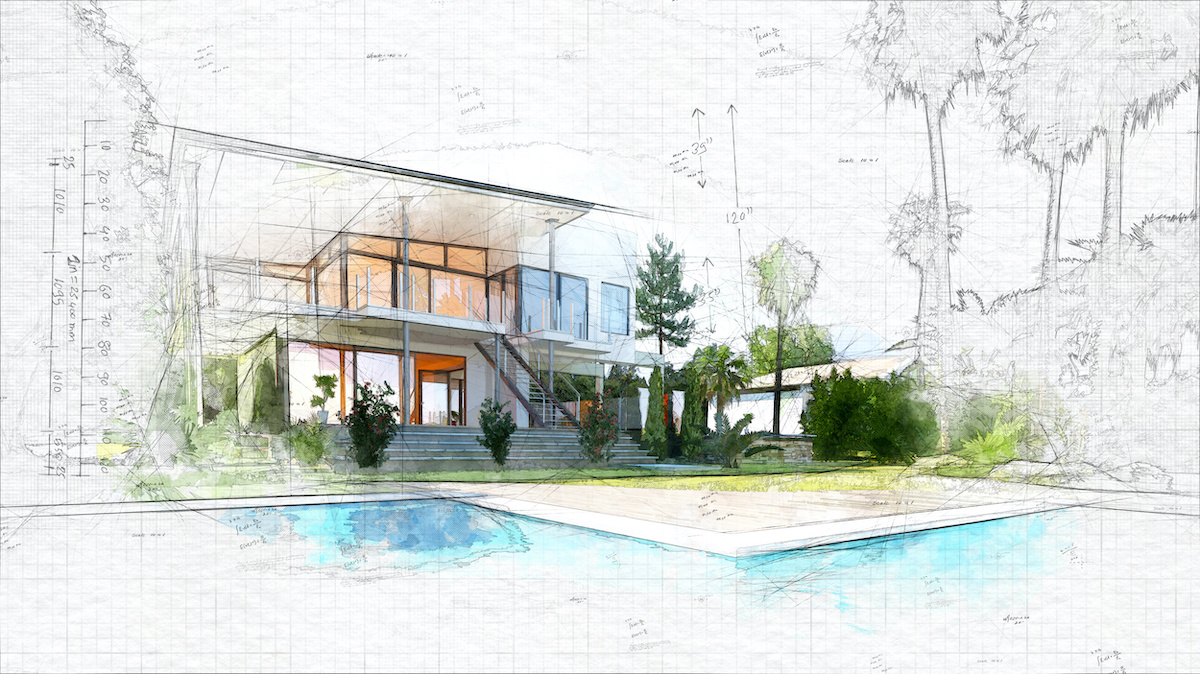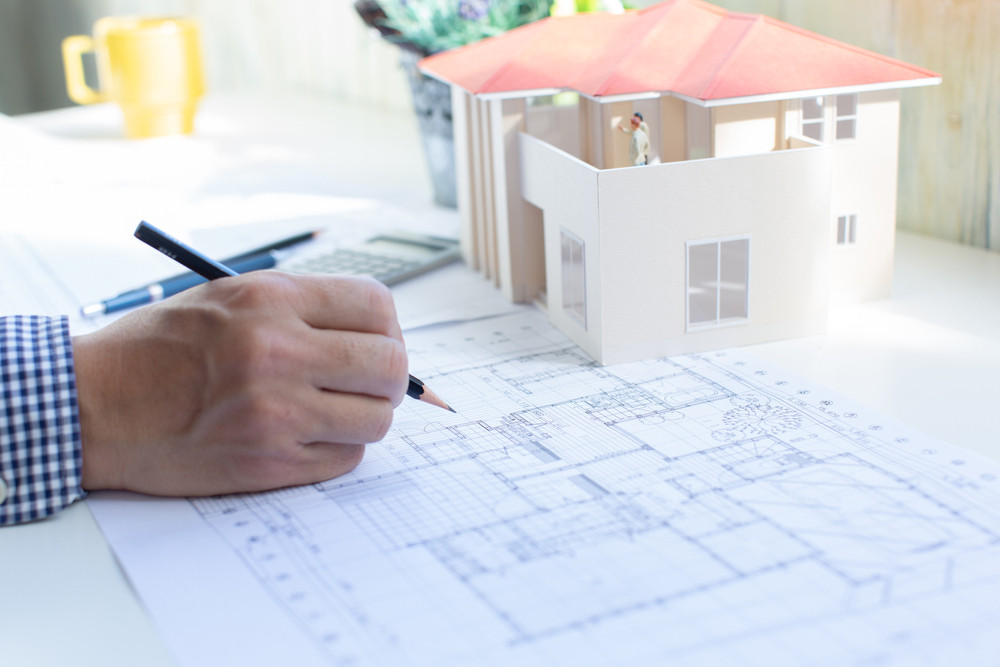The Necessary Duty of a Designer fit Sustainable Urban Atmospheres for Future Generations
The duty of an architect in crafting sustainable metropolitan atmospheres is significantly crucial in replying to the challenges of climate adjustment and urbanization. By perfectly incorporating environmental principles right into their layouts, architects not just boost the visual and practical high quality of metropolitan rooms yet additionally address pushing issues such as energy efficiency and social equity. Their proficiency in ingenious materials and neighborhood interaction shapes advancements that resonate with regional values and goals. Nevertheless, as we check out the complexities of this field even more, it ends up being obvious that the future of metropolitan living may pivot on the very methods designers utilize today.
Comprehending Lasting Urban Style
Sustainable metropolitan design incorporates eco-friendly principles with city planning to produce settings that are not only comfortable yet likewise durable. This method stresses the value of incorporating all-natural systems into the city material, ensuring that growth meets the requirements of the present without endangering the ability of future generations to fulfill their own requirements. Key aspects of sustainable metropolitan layout consist of effective land use, the promotion of biodiversity, and the integration of eco-friendly areas, all of which add to boosted lifestyle for residents.
Additionally, lasting urban design prioritizes the decrease of the city heat island effect, improved air top quality, and reliable stormwater administration. It motivates the use of sustainable sources and energy-efficient building techniques, which substantially reduced carbon impacts. Lasting metropolitan style fosters social equity by producing easily accessible public areas and advertising mixed-use advancements that cater to diverse populations.
Through thoughtful preparation and ingenious layout methods, lasting urban atmospheres can enhance neighborhood strength against environment change while cultivating economic advancement. This alternative strategy not only addresses immediate metropolitan challenges but additionally prepares for much healthier, a lot more lasting cities for generations to find.
Trick Obligations of Engineers
Architects play a critical function in forming lasting metropolitan atmospheres by converting style concepts right into tangible frameworks and areas. Their duties incorporate a large range of tasks that contribute to the general success of urban layout tasks.
Most importantly, architects perform extensive website evaluations to understand the ecological, social, and cultural context of their projects. This fundamental knowledge notifies their layout choices, making sure that structures integrate with their environments. They additionally take part in collective processes with stakeholders, consisting of city organizers, engineers, and the community, cultivating an inclusive strategy to city development.
Additionally, architects are tasked with producing designs that enhance power efficiency, source preservation, and capability. They have to follow regional zoning laws, building codes, and sustainability certifications, guaranteeing compliance while pressing the borders of development.
Furthermore, engineers are liable for handling the design process, coordinating with various experts throughout the construction phase to ensure that the vision is realized precisely (cda architects). Eventually, their role is not exclusively about visual appeals; it has to do with creating resistant, adaptive areas that enhance important source the top quality of life for current and future generations, laying the foundation for sustainable city living
Ingenious Products and Techniques

Furthermore, advancements in innovation have brought about the advancement of high-performance materials, such as shielded concrete forms (ICFs) and photovoltaic glass, which add to power preservation and harness renewable resource. Methods such as passive solar layout and eco-friendly roofing systems better exhibit how style can integrate with natural systems, reducing reliance on fabricated heating & cooling.
Furthermore, the integration of wise products, which adjust to ecological changes, uses encouraging avenues for improving building performance. These products can respond to temperature changes or moisture levels, optimizing comfort and sustainability.
Ultimately, the strategic selection and application of cutting-edge products and techniques empower designers to create metropolitan areas that are not just useful and cosmetically pleasing yet also durable and eco responsible, ensuring a sustainable future for generations to find. cda architects.
Area Involvement and Partnership
The success of innovative products and strategies in sustainable urban architecture is significantly improved by energetic area involvement and cooperation. Architects need to i was reading this identify that the constructed environment greatly affects the lives of neighborhood homeowners, making it important to include them in the style procedure. Involving the community promotes a feeling of possession and liability, making certain that developments not just meet visual and practical demands however likewise reflect the worths and ambitions of those that inhabit them.

Successful area engagement additionally assists in prioritizing social equity within urban advancement. By taking into consideration the voices of read the full info here marginalized populaces, architects can produce rooms that are comprehensive and equitable. By doing this, neighborhood involvement and partnership come to be essential to accomplishing really sustainable metropolitan settings that serve the needs of current and future generations.
Future Trends in Sustainable Architecture
An arising emphasis on flexible reuse and circular economic climate principles is set to redefine the landscape of sustainable architecture. As cities grapple with enhancing population thickness and ecological difficulties, designers are increasingly transforming to strategies that optimize existing structures instead of pursuing brand-new builds. This strategy not only preserves cultural heritage yet likewise considerably decreases source intake and waste.
Furthermore, developments in technology are forming future trends in lasting design. The integration of smart products and building systems enables real-time energy management, boosting effectiveness and reducing carbon impacts. Developments such as environment-friendly roofings, living walls, and energy-generating exteriors are becoming standard methods, further advertising ecological equilibrium within urban settings.
Moreover, a change towards biophilic style is gaining traction, stressing the connection in between nature and human well-being. By integrating natural environments, engineers create areas that foster psychological health while advertising biodiversity.
Final Thought
In conclusion, engineers are pivotal beforehand sustainable city environments with their competence in layout, ingenious products, and area engagement. By prioritizing power performance and resource conservation, these experts add to the creation of durable metropolitan rooms that satisfy the demands of existing and future generations. The integration of environmental concepts not just boosts livability but also promotes social equity, making certain developments resonate with the values and goals of the neighborhoods they offer.